Features
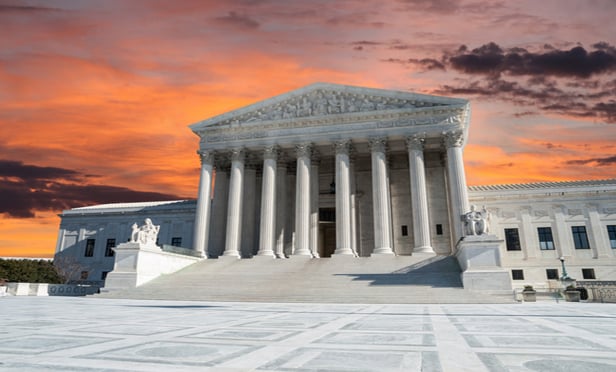
U.S. Supreme Court Ruling Empowers Developers and Property Owners to Challenge Excessive or Unjustified Impact Fees
The recent U.S. Supreme Court ruling in Sheetz v. County of El Dorado will cause many local governments to revisit the defensibility of their impact fee regimes.
Features

The DOJ's Whistleblower Pilot Program Adds Incentives for Robust Corporate Compliance Programs
By incentivizing individuals to report misconduct through its Whistleblower Pilot Program, the DOJ has expanded its arsenal and the means by which it can identify misconduct. So wrongdoers beware — although this is not the Old West, everybody loves a good bounty.
Features
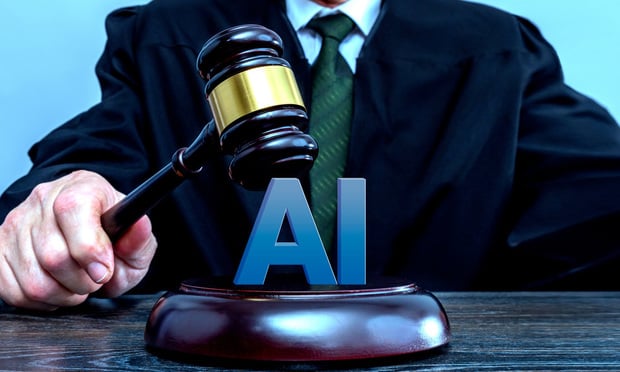
Novel Admissibility Considerations for AI
Software is generally admissible as evidence if it is relevant, material, and competent. However, AI differs from traditional software, perhaps requiring novel admissibility considerations.
Features

Avoiding Ad Fraud In Class Notice
Digital ad fraud involves deceptive practices where fraudulent actors exploit automated advertising systems to drain ad budgets, skew campaign metrics and diminish campaign effectiveness. As the sophistication of ad fraud techniques increases, it is crucial to partner with trained marketing professionals who are vigilant in managing and protecting their campaigns.
Features
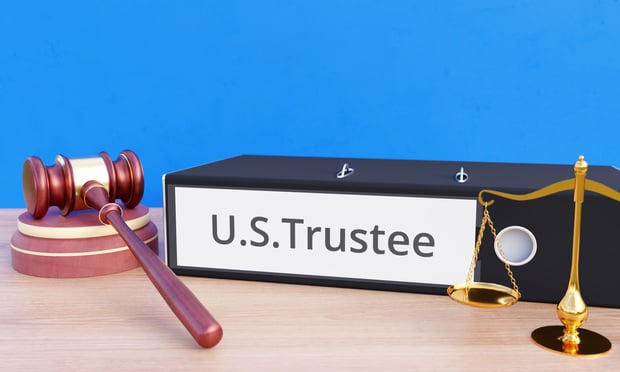
Avoiding Double-Dipping: U.S. Trustee Fees and Creditor Trusts
The U.S. Trustee has recently taken the position that GUC Trusts (disbursements made by creditor trusts formed under bankruptcy plans) should be required to pay fees on account of their own disbursements to creditors. The outcomes in three recent bankruptcy cases highlight different approaches to addressing the U.S. Trustee's argument: closing bankruptcy cases early, deferring the issue to a later date, or focusing on the distinction between contingent and non-contingent assets.
Features

When Your Firm Gets Bought Out, Remember That You Are An Asset
Career moves are big decisions. They are best not rushed. You are an asset. The acquiring firm made their move because they wanted to bring you and your peers into the organization. Give them a chance to make this worthwhile for everyone concerned.
Columns & Departments

Development
City Took Hard Look At Environmental Factors Without Requiring Environmental Impact Statement On Impact of Climate Change Area Variance Grant Upheld for Construction of Fence Landowner Did Not Establish Pre-Existing Nonconforming Use
Features

A Roadmap for a Curated Career
A curated career is not a happy accident or a lucky break — it's the result of deliberate actions and choices that align with one's personal values.
Features
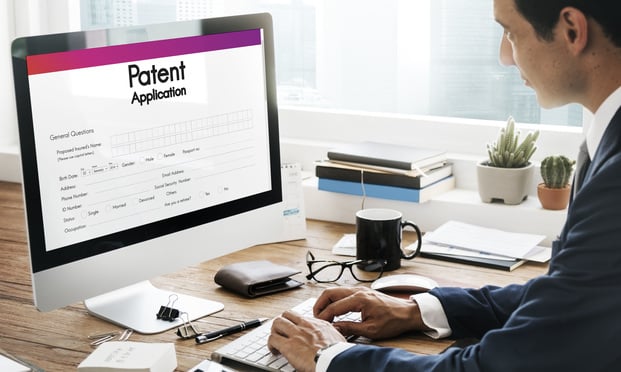
Federal Circuit Decision Clarifies Obviousness-Type Double Patenting and Patent Term Adjustments In Allergan v. MSN Laboratories
On August 13, the Federal Circuit issued a precedential ruling that reversed the District of Delaware's application of the Federal Circuit precedent in In re: Cellect to invalidate a claim in an earlier-filed parent application over admittedly patentably indistinct claims in later-filed (and earlier-expired) child patents. This decision has resolved some substantial questions about the application of obviousness-type double patenting that had been raised by last year's In re Cellect decision.
Features
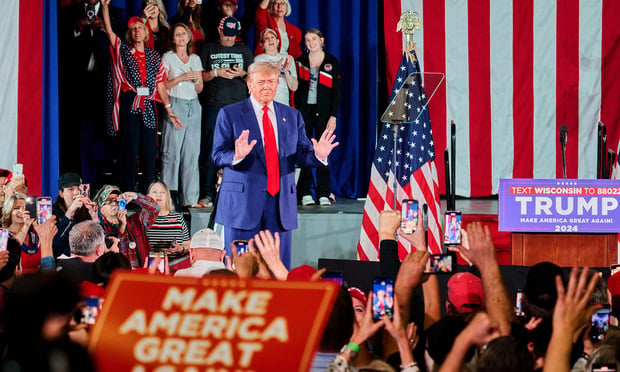
Hold On, I'm Suing: Artists' Protests over the Trump Campaign's Use of Their Music and What Some Courts Have Ruled in Similar Instances
When artists take action over political-campaign settings, it's usually in the form of a cease-and-desist letter sent to a candidate's representatives. In some instances, artists file lawsuits, but to date there's been just a smattering of notable court decisions. This article provides a refresher on these rulings as well as a look at the recent lawsuit by the estate of Isaac Hayes over the Trump campaign's use of the classic soul song "Hold On, I'm Coming."
Need Help?
- Prefer an IP authenticated environment? Request a transition or call 800-756-8993.
- Need other assistance? email Customer Service or call 1-877-256-2472.
MOST POPULAR STORIES
- The 'Sophisticated Insured' DefenseA majority of courts consider the <i>contra proferentem</i> doctrine to be a pillar of insurance law. The doctrine requires ambiguous terms in an insurance policy to be construed against the insurer and in favor of coverage for the insured. A prominent rationale behind the doctrine is that insurance policies are usually standard-form contracts drafted entirely by insurers.Read More ›
- A Lawyer's System for Active ReadingActive reading comprises many daily tasks lawyers engage in, including highlighting, annotating, note taking, comparing and searching texts. It demands more than flipping or turning pages.Read More ›
- The Brave New World of Cybersecurity Due Diligence in Mergers and Acquisitions: Pitfalls and OpportunitiesLike poorly-behaved school children, new technologies and intellectual property (IP) are increasingly disrupting the M&A establishment. Cybersecurity has become the latest disruptive newcomer to the M&A party.Read More ›
- Abandoned and Unused Cables: A Hidden Liability Under the 2002 National Electric CodeIn an effort to minimize the release of toxic gasses from cables in the event of fire, the 2002 version of the National Electric Code ("NEC"), promulgated by the National Fire Protection Association, sets forth new guidelines requiring that abandoned cables must be removed from buildings unless they are located in metal raceways or tagged "For Future Use." While the NEC is not, in itself, binding law, most jurisdictions in the United States adopt the NEC by reference in their state or local building and fire codes. Thus, noncompliance with the recent NEC guidelines will likely mean that a building is in violation of a building or fire code. If so, the building owner may also be in breach of agreements with tenants and lenders and may be jeopardizing its fire insurance coverage. Even in jurisdictions where the 2002 NEC has not been adopted, it may be argued that the guidelines represent the standard of reasonable care and could result in tort liability for the landlord if toxic gasses from abandoned cables are emitted in a fire. With these potential liabilities in mind, this article discusses: 1) how to address the abandoned wires and cables currently located within the risers, ceilings and other areas of properties, and 2) additional considerations in the placement and removal of telecommunications cables going forward.Read More ›
- Guidance on Distributions As 'Disbursements' and U.S. Trustee FeesIn a recent case from the Bankruptcy Court for the District of Delaware, In re Paragon Offshore PLC, the bankruptcy court provided guidance on whether a post-plan effective date litigation trust's distributions constituted disbursements subject to the U.S. Trustee fee "tax."Read More ›
